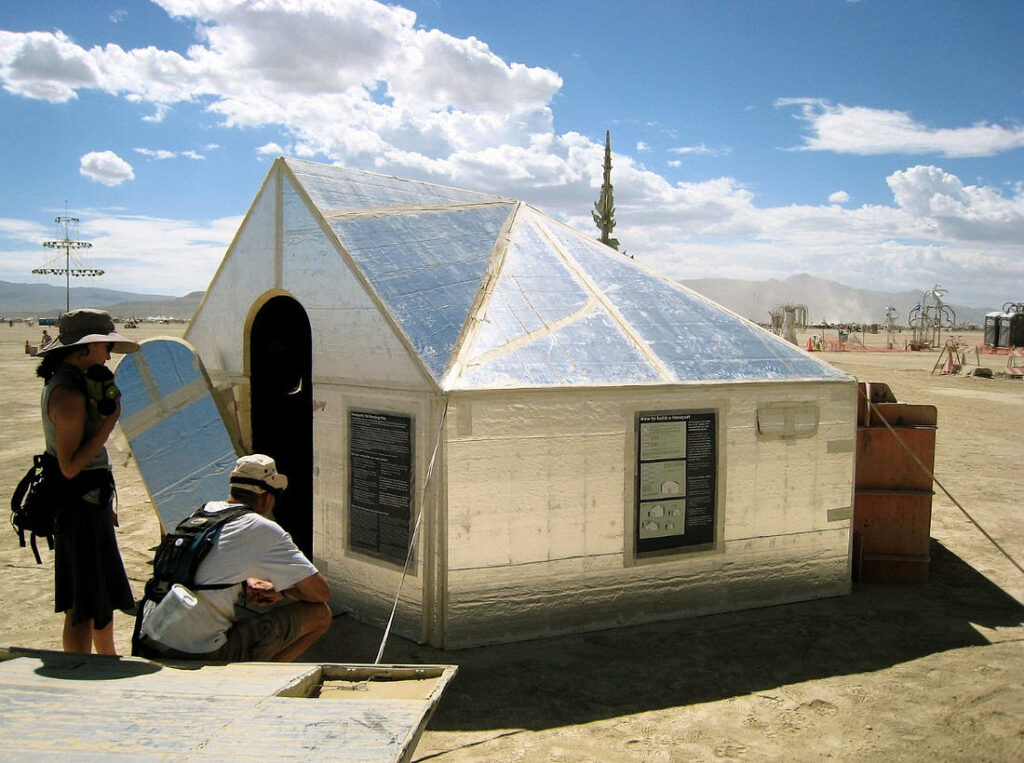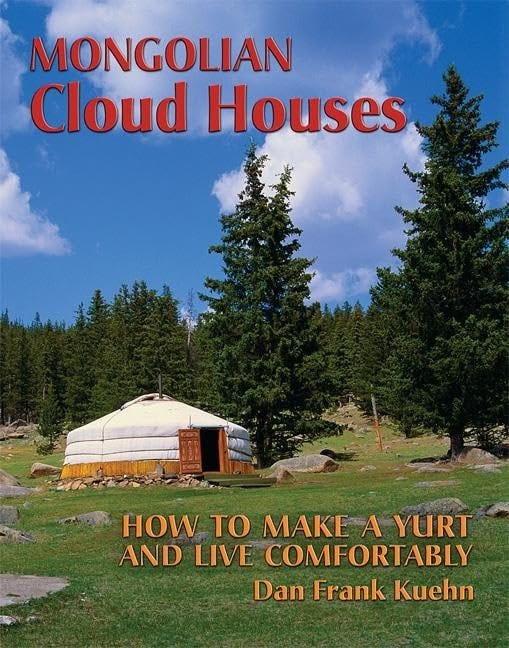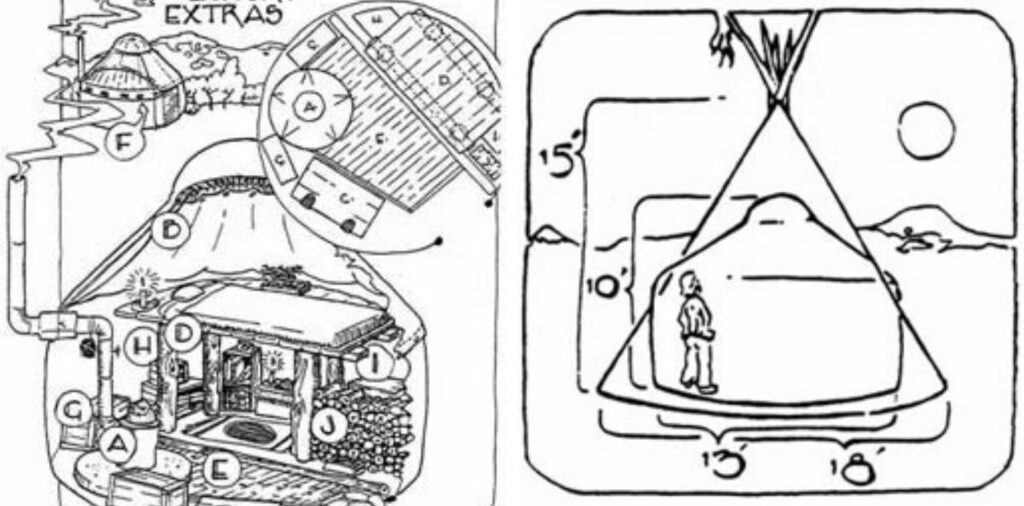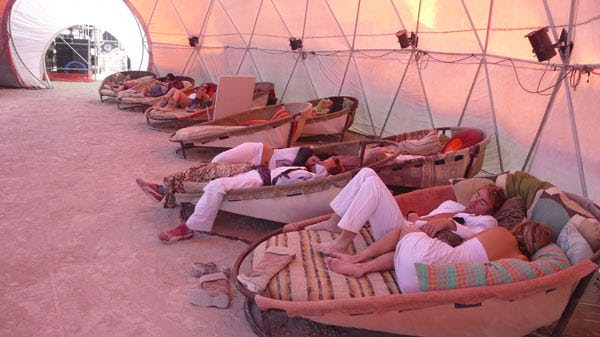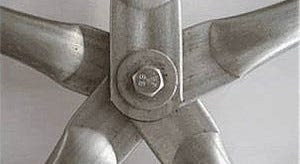Atlas of the Year 1000
Visual history
We badly need more “wide history” as developed in this remarkable work by John Man. Rather than go linear, Man goes wide with a view of dispersed cultures interacting at one time–in this case in the year 1000. He shows what’s happening during this “year” in each region of the planet (say, Tibet, Oceania, South America) and how events then resonate across the globe. The first millennium was the first era when most of the world was settled, and the first time immigration and travel created a robust communication network. Globalism, it turns out, was a medieval event. The picture I got from this book of diagrams was of a world far more sophisticated in its reach and depth then I knew.
03/31/04Excerpt
It is often said that the year 1000 has no 'real' importance, that it acquires significance only from its zeroes, from our determination to read significance into birthdays and big numbers. Far from it: the time has a real historical significance, rooted in the way human society developed, from scattered diversity to today's 'one world.'
*
The significance is this: by pure coincidence, the year 1000, or thereabouts, marked the first time in human history that it was possible to pass an object, or a message, right around the world.
*
This is very different from history as written in Europe, China or the Islamic world, where the story of the past is in large measure rooted in human character--history as narrative. In the American drama, this element is missing. This section of the Atlas, like other sections on nonliterate cultures, necessarily has a wide focus. There are few incidents, few individuals--in all of North America around 1000 there was no native American whose name has survived.
*
India: Fleeting Power, Enduring Glory
The Chola dynasty sprang from the rice-rich plain of the River Kaceri, today's Tamil Nadu. They had ruled here as minor chieftains for 800 years when, in the middle of the 9th century, they emerged as heads of a small independent state.
Atlas of the Year 1000 John Man 2001, 144 pages $20 Harvard University Press






